
Wow, this month flew by! I learned so much from doing this challenge, and I am proud to say I completed every task on the calendar. Woo-hoo!
Here is a wrap-up of the last 3 tasks for the month, and my final thoughts on this challenge:
- Done! I decided to purchase a collection I could learn for my own enjoyment that would help build my studio library too: the complete volume of Grieg’s “Lyric Pieces.” I have taught a few of these pieces, but I did not own the entire set. I think these will be fun pieces for me to practice, as well as teach to my advancing students.
Play “Happy Birthday” by ear.
- Done! This is another challenge that I definitely need to do with my students this year—everyone should know how to play “Happy Birthday” without sheet music!
Write down 1 goal for each returning student in your studio.
- Done! I found there were several goals that kept popping up as I made my list:
- Reviewing note-reading. I am expecting some rustiness as my students return from summer break. Time to dust off my Note Rush and Flashnote Derby apps!
- Focus on scales. My new assignment sheets have a circle of fifths, which I am hoping will make it easier for me to assign scales—pentascales for my littles, one octave for my later beginners, and multiple octaves for my middle and high school students. I have determined that this will be a big focus for this year!
- Ear training. Many of my students enjoy playing pop music by ear, and I am hopeful that my new Earpeggio app will be a good addition to the ear training worksheets and games I have been using already. Ear training is also a practical application for the scale study that I will be working on with everyone. As is…
- Composition. I want every single student to compose something this fall and write it down (either with traditional notation or something less formal for my little ones).
My final thoughts on the challenge:
- I need to make practicing new repertoire a priority. Now, in my defense, I do “play” piano every day. I play the music I am composing; I play the accompaniments for vocal students I am working with; I play duets with a friend. However, my inner piano teacher knows that “playing” is not the same as “practicing.” I need to be better about really practicing new, challenging repertoire on a regular basis. And this challenge has shown me that I do have the time to do it when I make it a priority.
- I need to keep investigating new repertoire for my students. I tend to get in a rut—assigning the same pieces over and over. I have discovered new music during the course of this challenge that I really like, and that I think my students will like too! I need to make more of an effort to teach pieces that are new to me...and there are plenty in my library that I haven’t taught yet!
- I need to keep adding new apps, materials, and ideas to my teaching toolbox. I had fun reading articles, researching apps, and brainstorming ideas to try with my students this fall. I feel better organized and more energized to start lessons again because I made the time to think creatively about what I wanted to cover with my students this year, and how.
- And the most important thing I learned from this challenge…there is time to practice and try new things if I make it a priority! There will always be an excuse for me not to practice, or to take the time to research new music and new ideas. However, this challenge has really shown me that I do have the time in my schedule to do these things—I just have to make it a priority and hold myself accountable for getting it done. Kind of sounds like what we tell our students about practicing, doesn’t it?
So what do you think? Are you going to set professional development goals for yourself this year? It is not too late to take part in this challenge--click on the first link in the article above and challenge yourself to do some of these tasks in August! I think it will energize your teaching for the coming year and help you set some goals for yourself--I know it did for me!


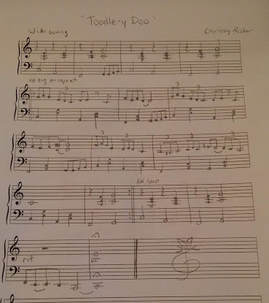
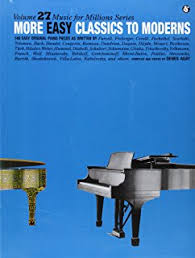
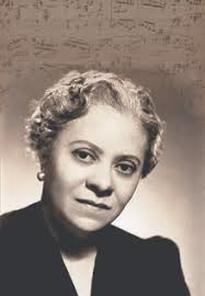
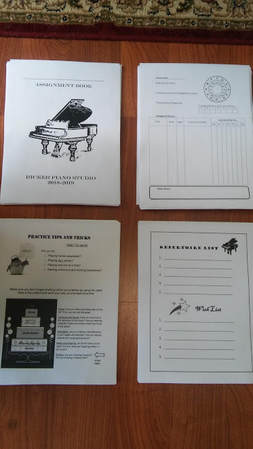



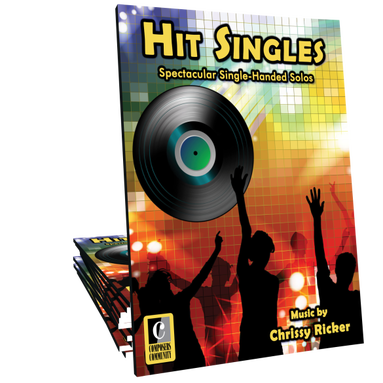
 RSS Feed
RSS Feed